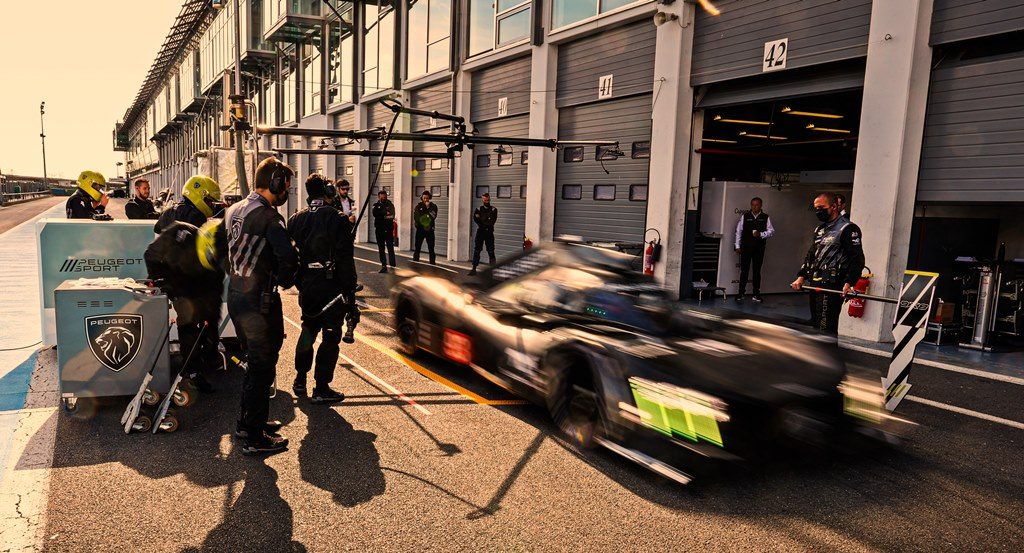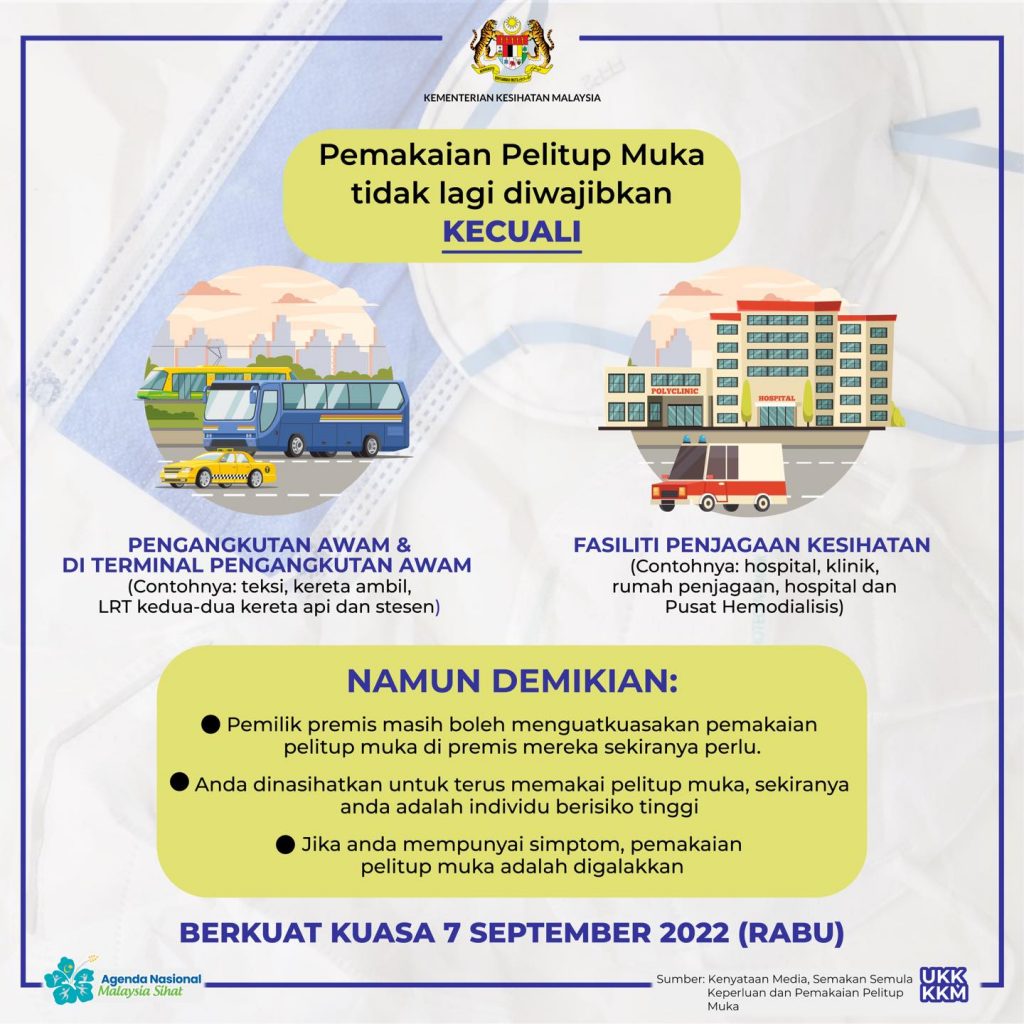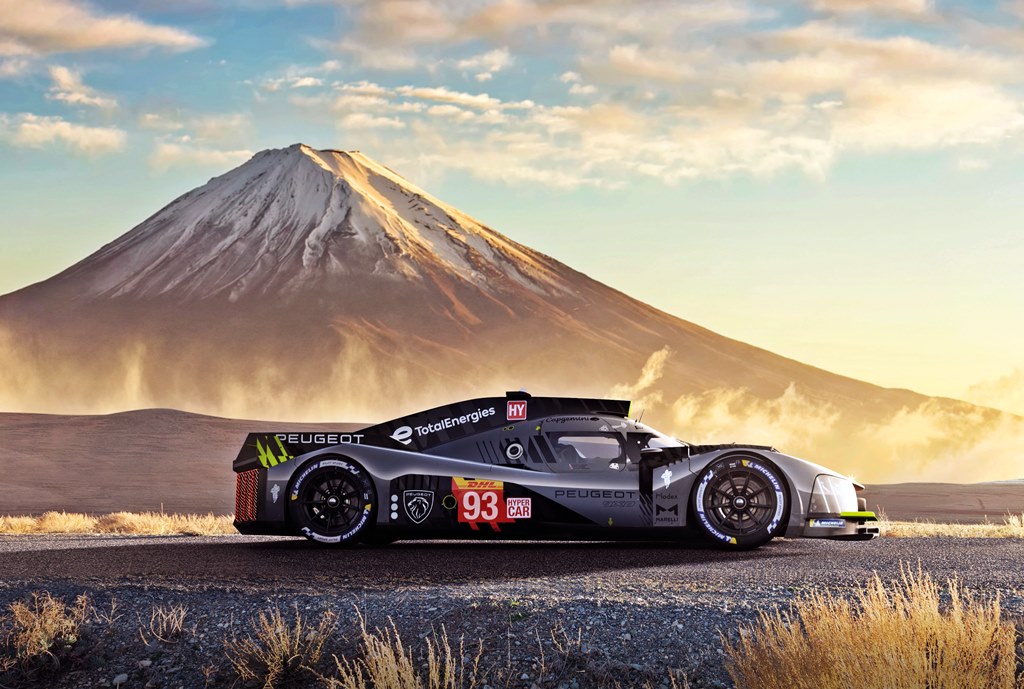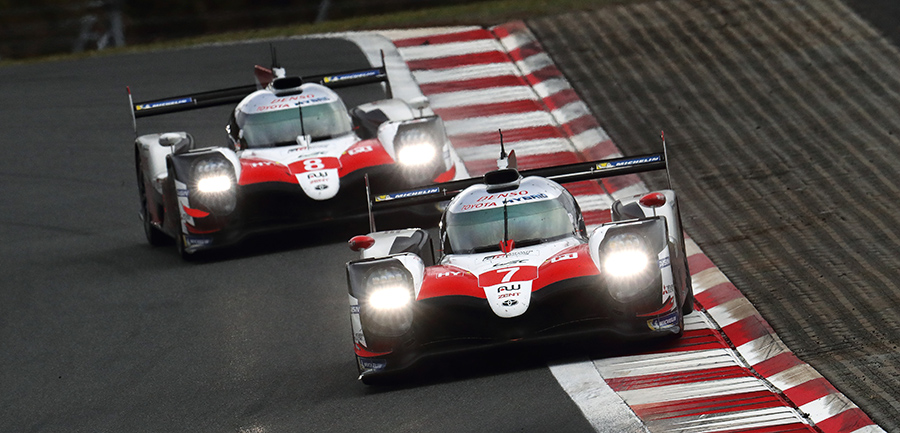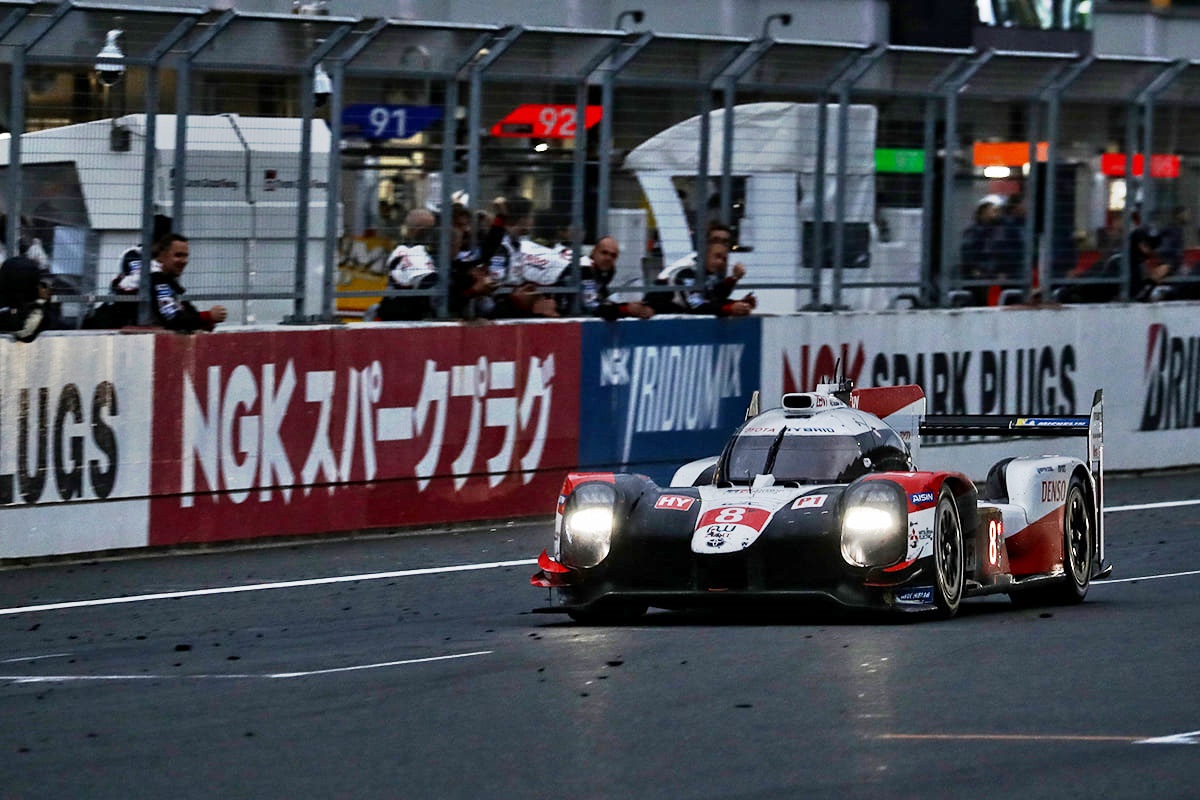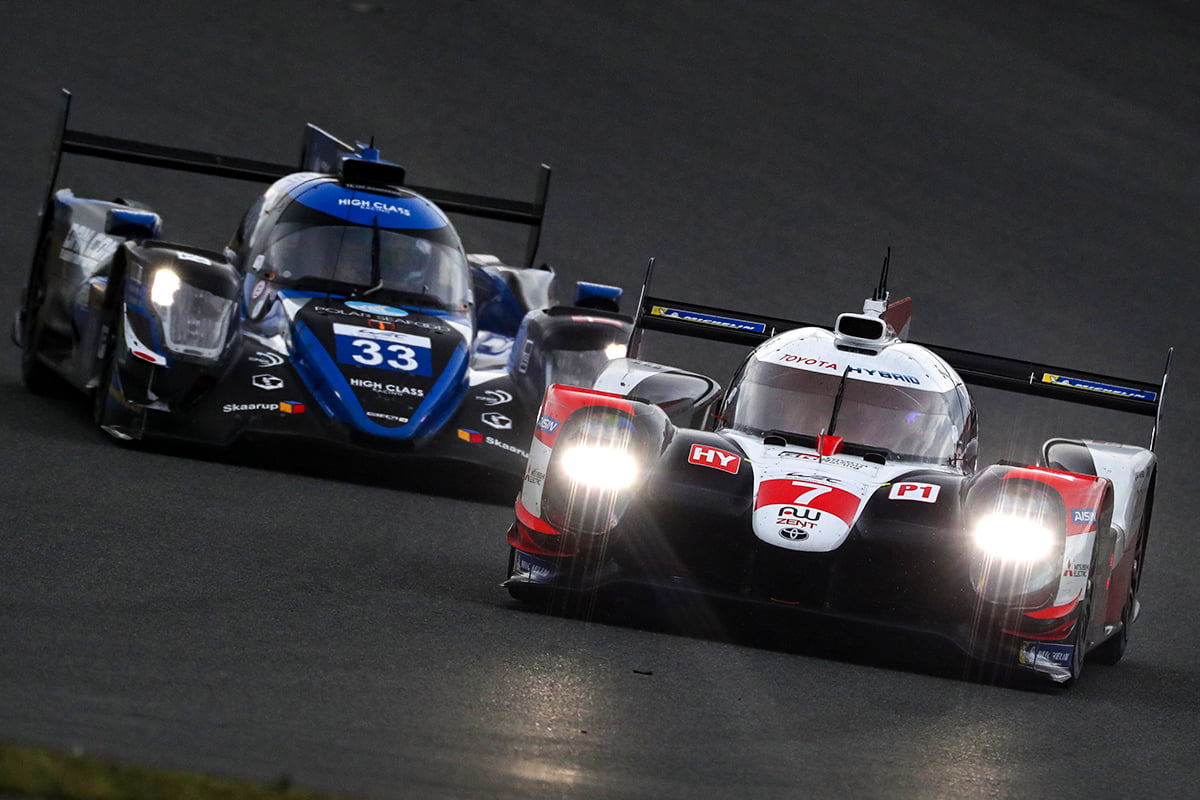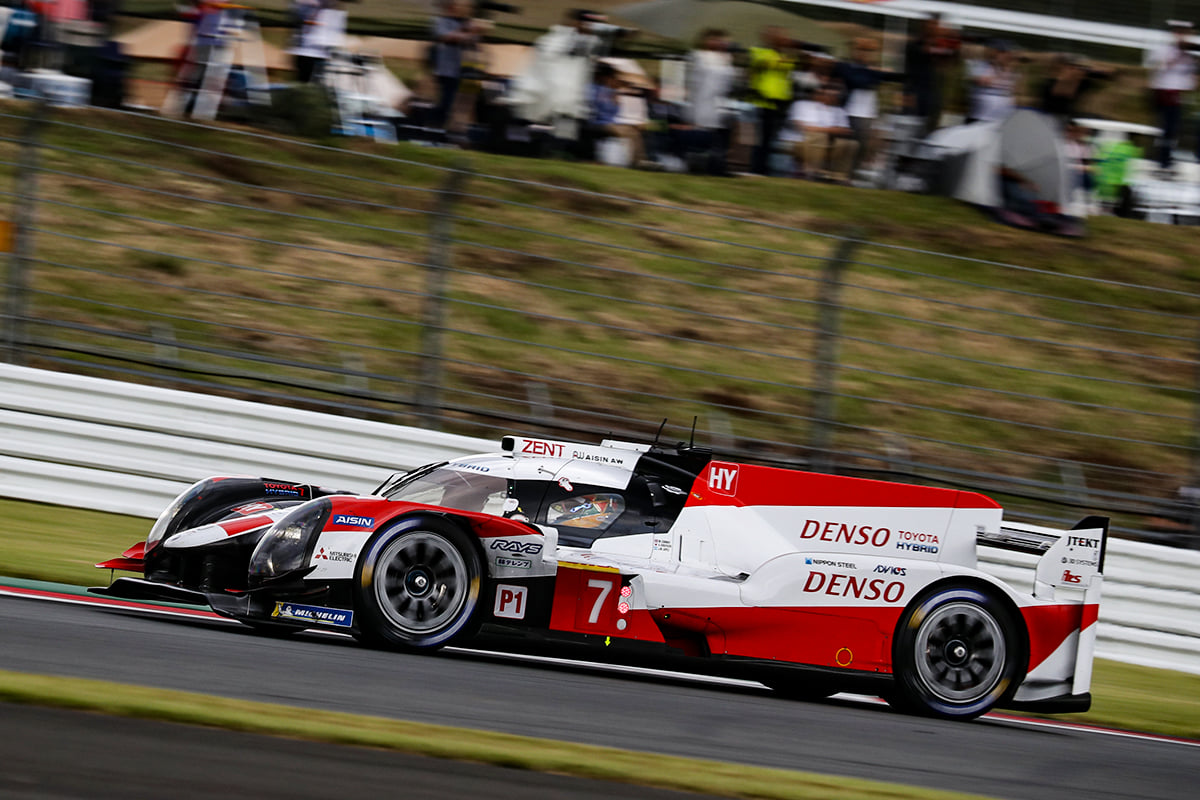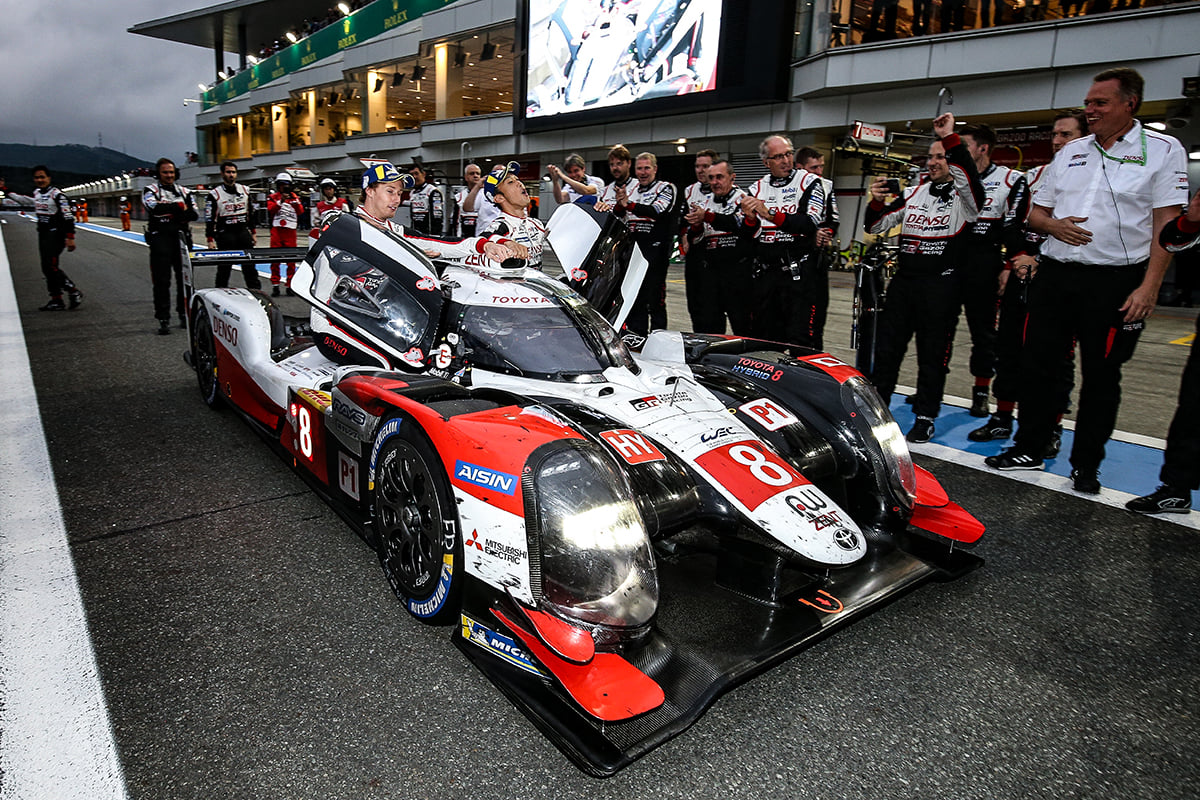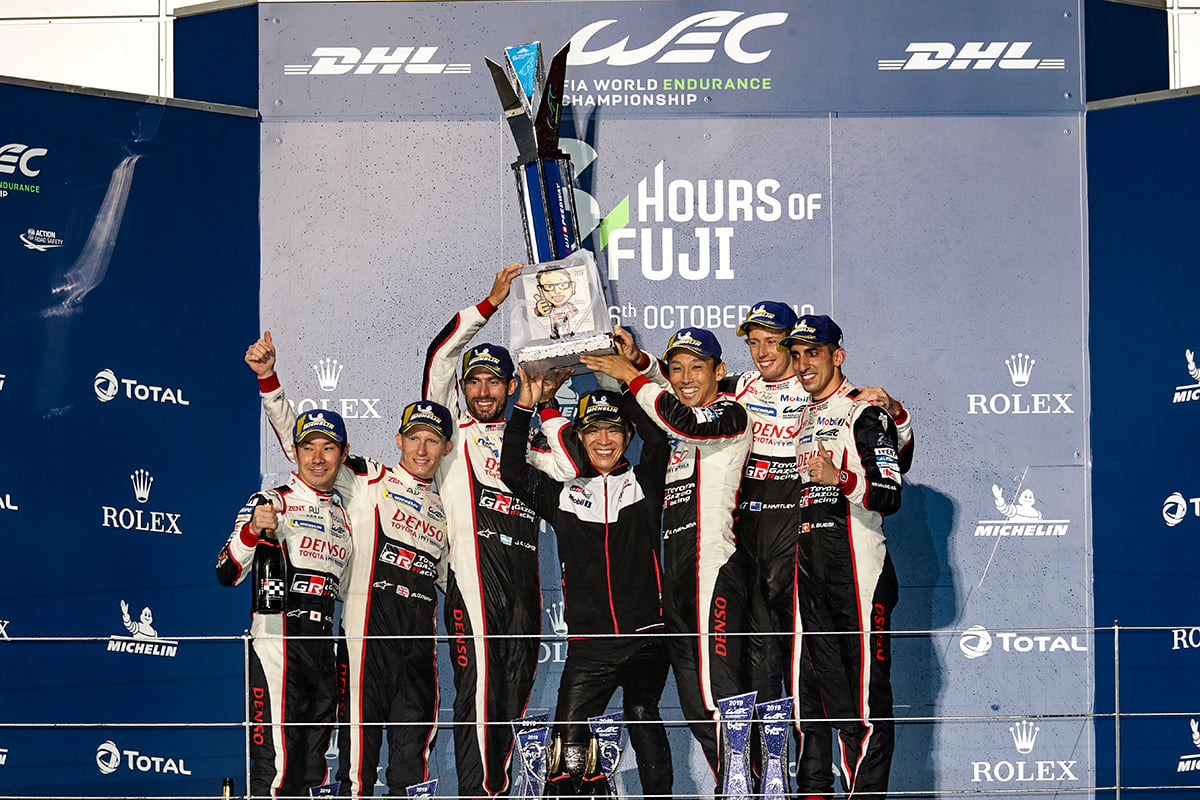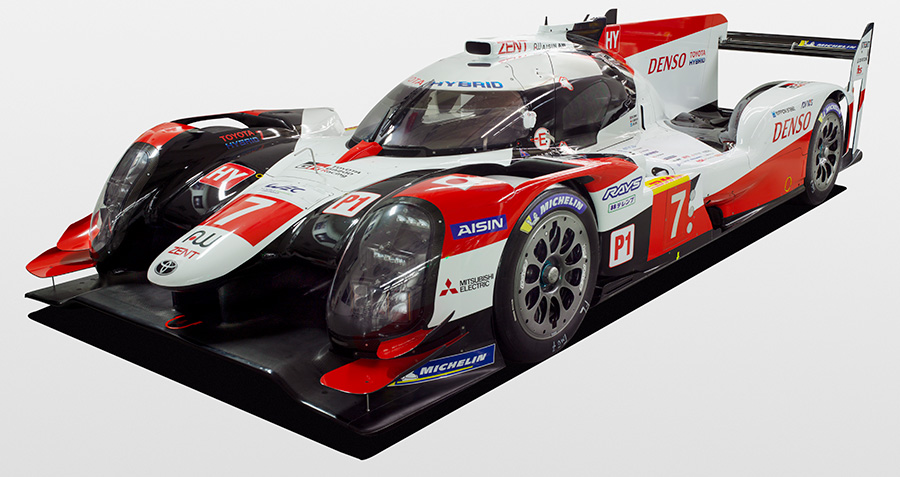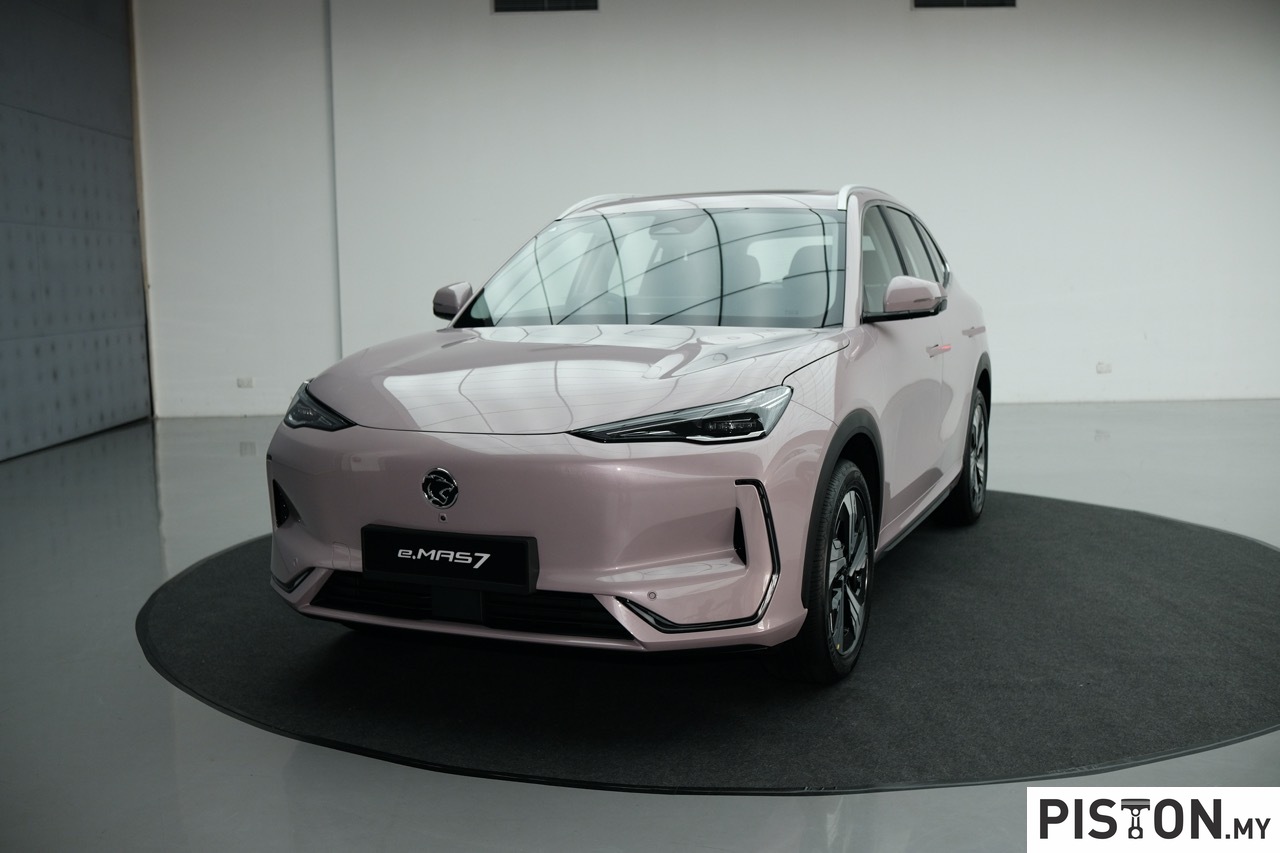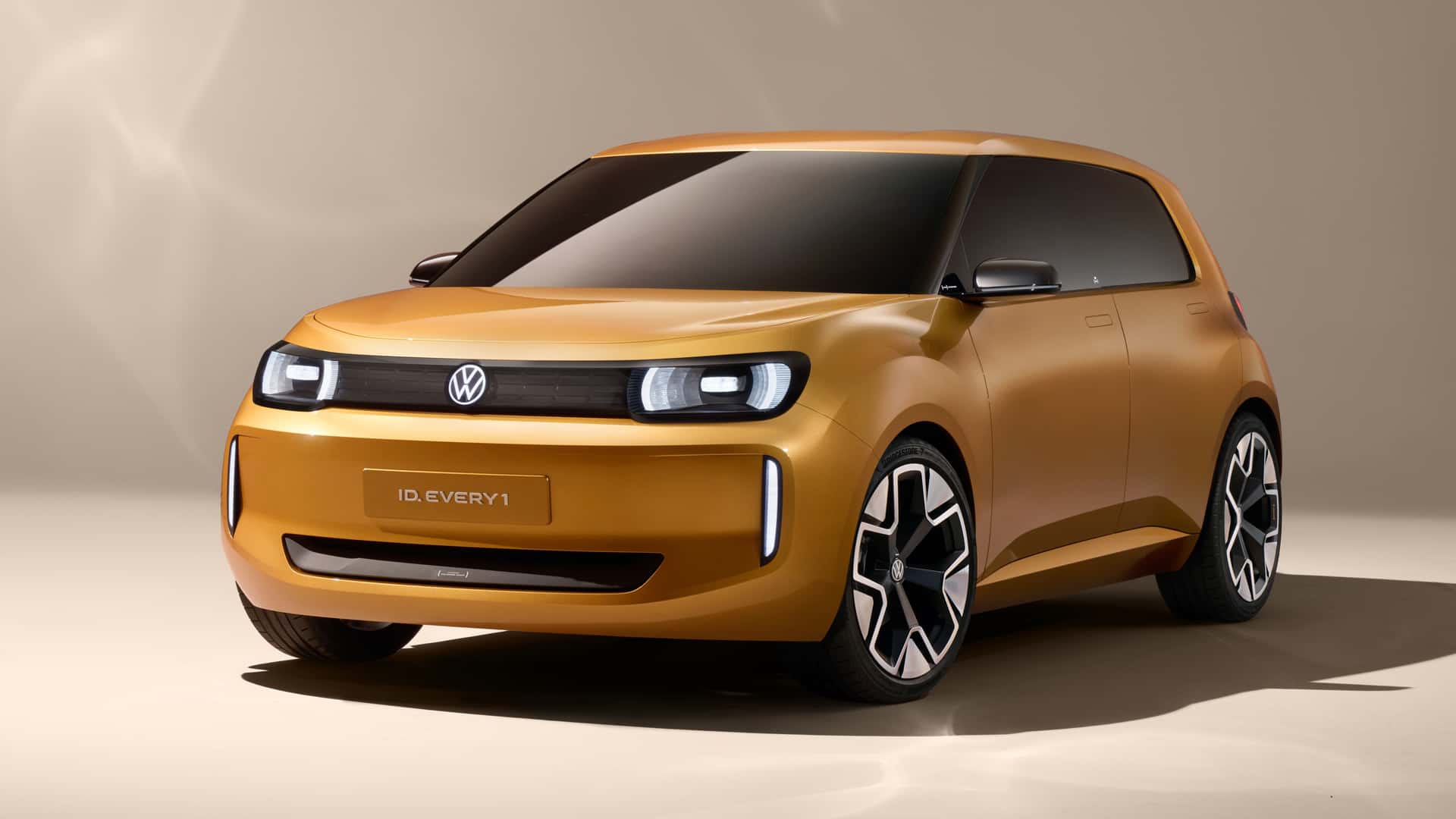After making its competitive debut in the World Endurance Championship (WEC) with the new Peugeot 9X8 at the Monza round in Italy two months ago, the Team Peugeot TotalEnergies is in Japan this week for a second 6-hour showdown. Two units of the new Le Mans Hypercar (LMH) will race at the Fuji Speedway this weekend to collect more information in racing conditions.
Commenting on the first race in Italy, Peugeot Sport Technical Director Olivier Jansonnie, said: “We needed that first race. We had achieved as much as we could in testing so, in order to ramp up our preparations and development, it was time to pitch ourselves directly against our opposition in a true race-weekend environment.”
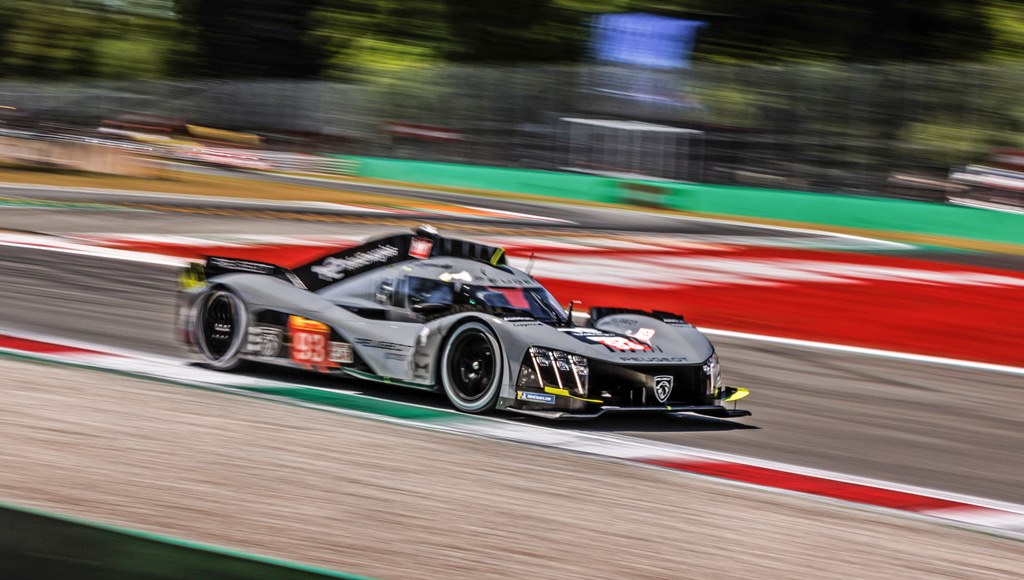
Encouraged by the potential of a car whose homologation is now fixed (meaning that any further modifications will be strictly limited and regulated), the two driving crews were able to acclimatise to racing in traffic and compare the 9X8 to the championship’s other hypercars.
“We collected a great deal of information about the car and team. We also ran into a few problems that we hadn’t previously encountered in testing, some of which we were able to rectify on-site, others that we have been continuing to work on since Monza. This is a tried-and-tested process in motorsport,” Jansonnie explained.
“At this early stage, it should be noted that we are concentrating more on reliability and performance than on refining race strategies. That is perfectly normal for such a new project, up against rivals with – in some cases – more than 10 years of experience in the sport. We are all fiercely competitive here at Team Peugeot TotalEnergies and we recognise that both the car and team have scope for significant improvement, but we have yet to come across any issues that we cannot resolve, so that’s very positive,” he said.
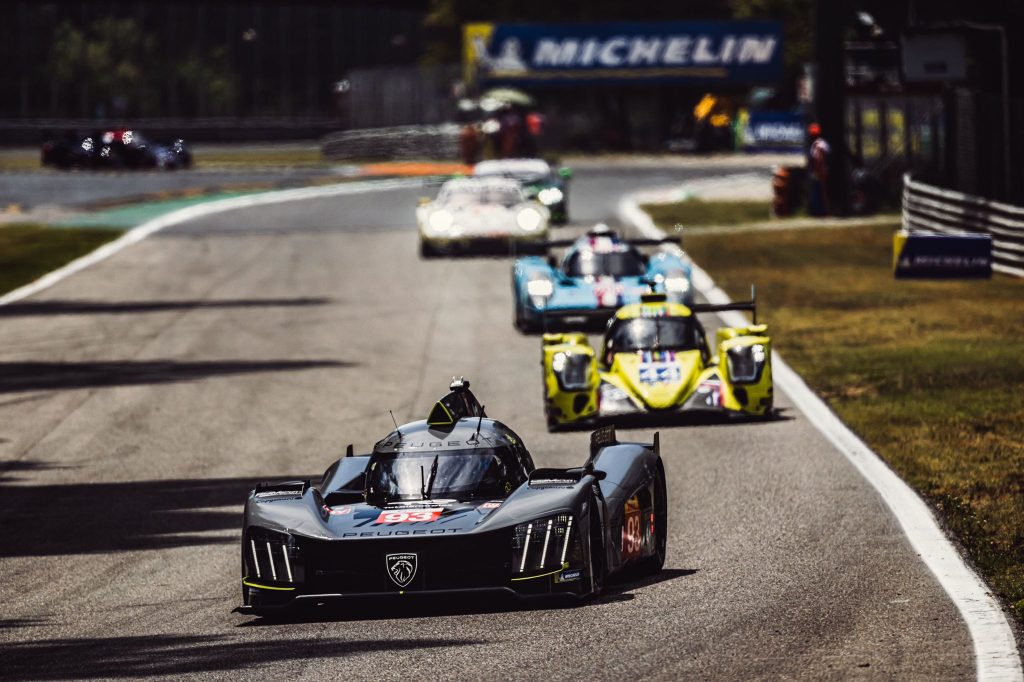
Disappointed that the team was not able to take full advantage of the 10-minute qualifying session in Italy to properly demonstrate the 9X8’s potential, Jansonnie has since gone into even greater detail with his team in order to optimise its work on the car with the clock ticking down. It focused particularly hard on this aspect during two private tests carried out between Monza and Fuji.
“In Japan, we will be discovering the circuit for the first time, so we need to make sure we maximise every on-track session from Friday morning through to Sunday afternoon,” he stressed.

Preparing for Fuji’s challenges
The 6 Hours of Fuji – Round 5 of the 2022 WEC – poses an altogether different challenge to Monza in a number of ways. Jansonnie and his team realise this, particularly as it is held halfway around the world. “For long-haul events like this, we need to adapt our procedures because we do not have the same regular facilities at our disposal – like motorhomes and trucks – as we do when we race in Europe,” he said.
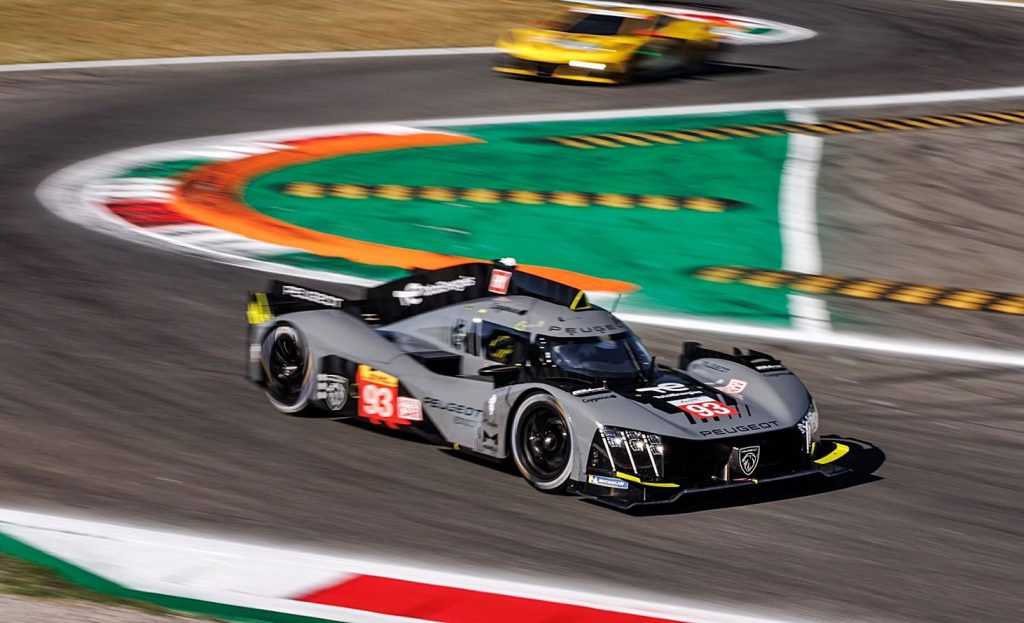
The circuit and region’s unpredictable weather – with heavy and prolonged downpours likely – represent further unknowns for the team, although not for the whole team. Its drivers like Jean-Eric Vergne and Gustavo Menezes have raced at Fuji in the past, while Loic Duval and James Rossiter spent a part of their career based in Japan. The benefits of that experience will complement the data already acquired by the crews and their engineers from their work in the 9X8 simulator as they endeavour to prepare as well as possible for the unique demands of this iconic Japanese track.
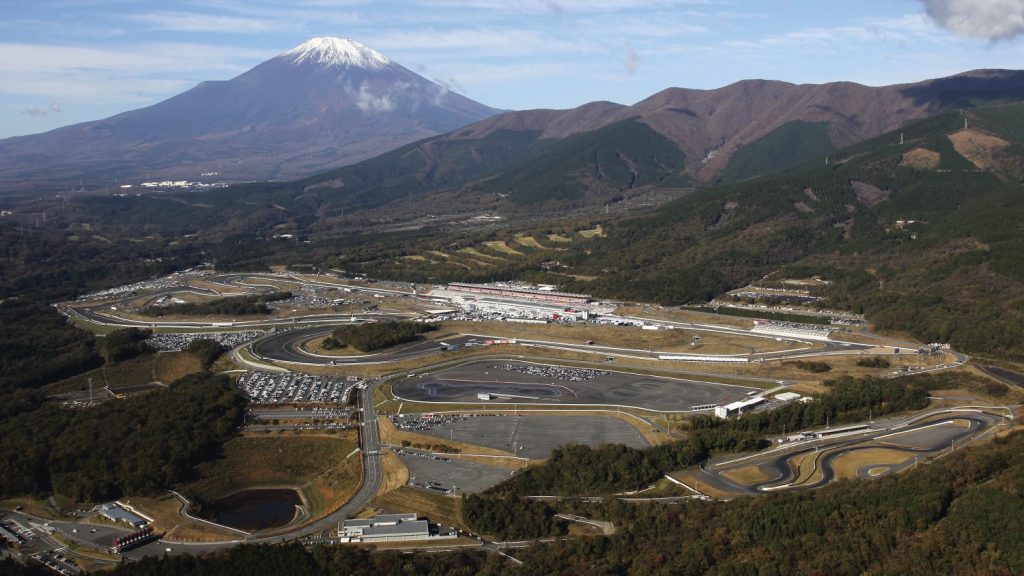
“Monza could have gone better for us, but that was entirely to be expected at such an early stage of an ambitious project like this. Our car [#93] ran into problems in the race that led to our retirement. During the run that I completed in free practice, though, we were close to the Toyota in terms of pure pace, which proves that we are in the right ballpark with this non-conventional car. I’m completely convinced about that. Our first race was another significant milestone on this exciting journey and now, for Fuji, the goalposts shift again. But that’s what keeps the adrenalin flowing!” said Vergne who will share the racing car with Paul di Resta and Mikkel Jensen.
New era in endurance racing
The 9X8 starts a new era for Peugeot in endurance racing, the motorsport category where it was previously victorious with the 905 and 908 in the 1990s and in 2009. Conforming to the regulations that govern the ACO and FIA’s new Le Mans Hypercar (LMH) category, the 4 wheel-drive racing prototype has a 2.6-litre bi-turbo V6 engine powering the rear wheels and a 200 kW electric motor driving the front wheels.
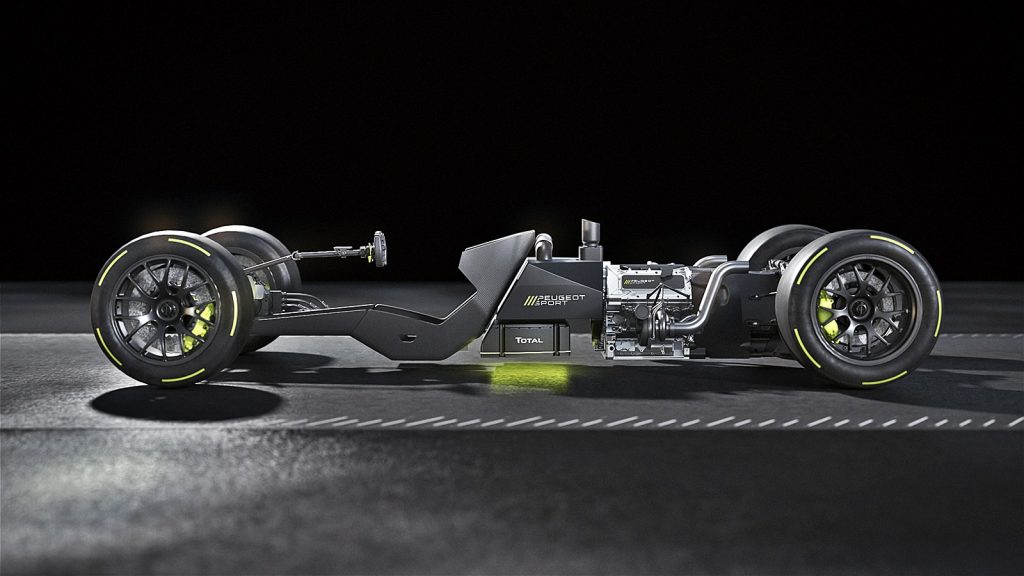
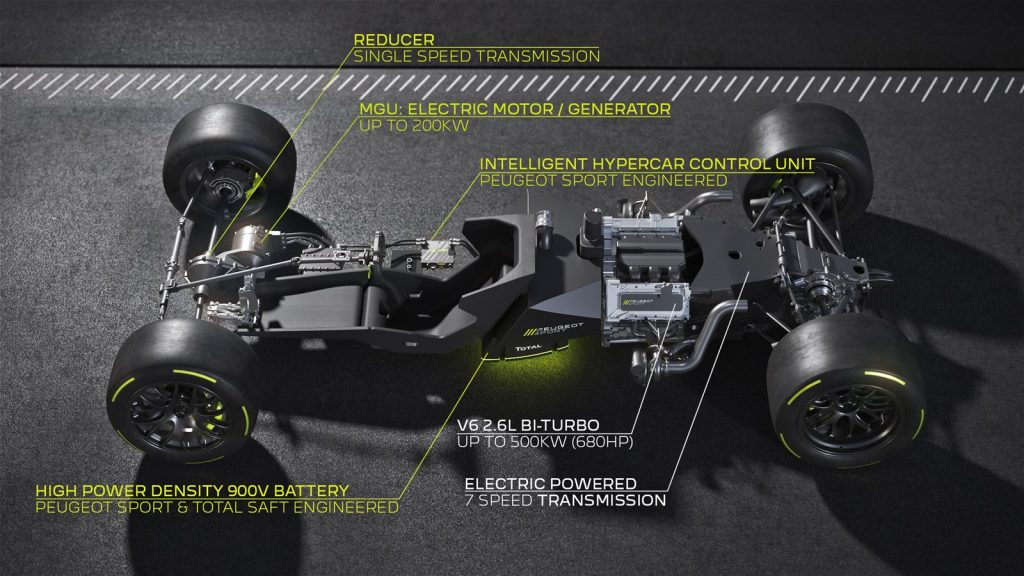
The racing car, without a rear wing, measures 4.995 metres in length, has a width of 2 metres and is just 1.145 metres tall. With lots of lightweight materials in its bodywork, it weighs 1,030 kgs and its tank holds up to 90 litres of TotalEnergies’ 100% renewable Excellium Racing 100 fuel.
The completion of vital development and testing phases, necessary to achieving reliability and performance for the 9X8, led to its competitive debut being delayed until after the 2022 Le Mans 24 Hours. Its first entry in the WEC was thus at the 6 Hours of Monza on July 10 and this weekend, it will be at the Fuji Speedway.
